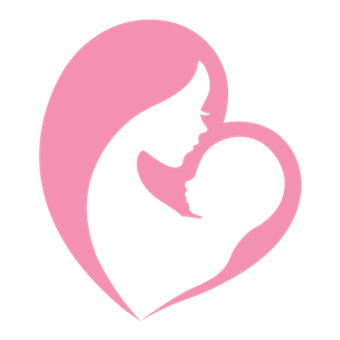When the 1967 Abortion Act was passed in Britain, most people believed it would allow a relatively small number of abortions and end illegal “back street” abortions. Instead the numbers quickly soared.
The number of abortions more than doubled between 1968 and 1969 (+132%), and increased by 57% in 1970, 45% in 1971, and 26% in 1972, finally peaking in 2007 at 219,454. Today there are around 200,000 abortions every year in Britain. In 2012, the Abortion Act’s sponsor Lord David Steel said, “I never envisaged there would so many abortions.”
Other countries across Europe that have legalised abortion have also seen enormous numbers of babies killed as a result. Many of these are countries that are struggling with the demographic consequences of below-replacement birth rates.
In Britain there is one abortion for every 3.9 live births. Spain has one abortion for every 4.2 live births, France one for 3.7, and Sweden, often held up in Ireland as an exemplary society has one abortion for every three live births.
Ireland, for years, had a far lower abortion rate than any of our EU neighbours. This was a direct result of the 8th Amendment and the culture that it underpinned, a culture which cherished unborn babies while supporting and protecting their mothers. During the referendum campaign, we, together with all those who opposed a repeal of the 8th Amendment, tried to highlight the fact there everywhere abortion is legalised it becomes more prevalent. However, the government and the Yes campaign blatantly denied this reality. Only after the referendum did newspaper articles and reports begin to come out acknowledging that the abortion rate in Ireland would likely increase significantly upon the introduction of abortion legislation. The message is clear: once abortion is made legal, people begin to view it as a social necessity and a benefit for women. As this change of opinion takes hold, the number of abortions rises and rises.
